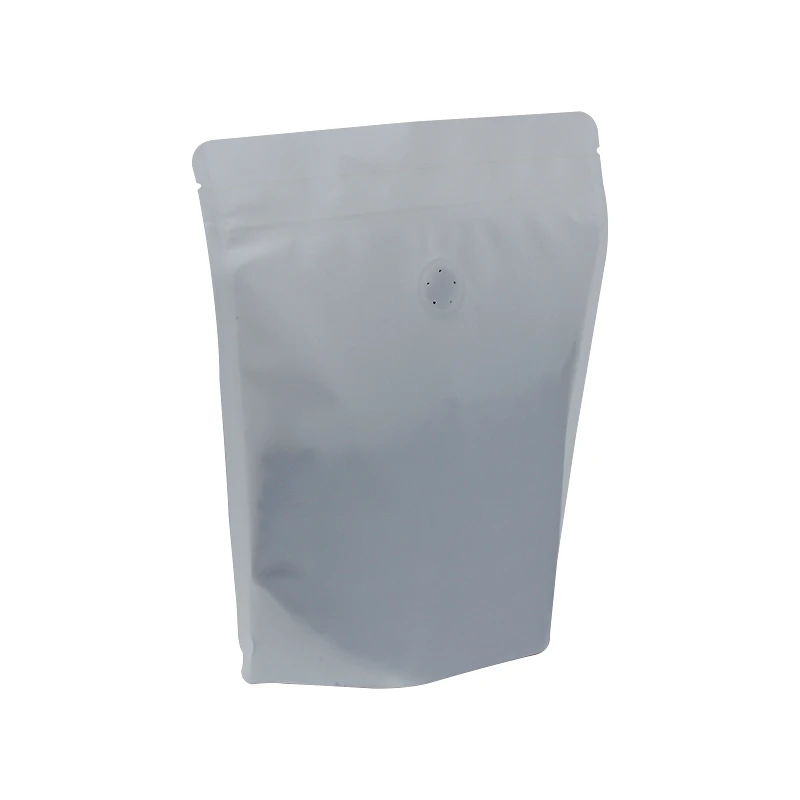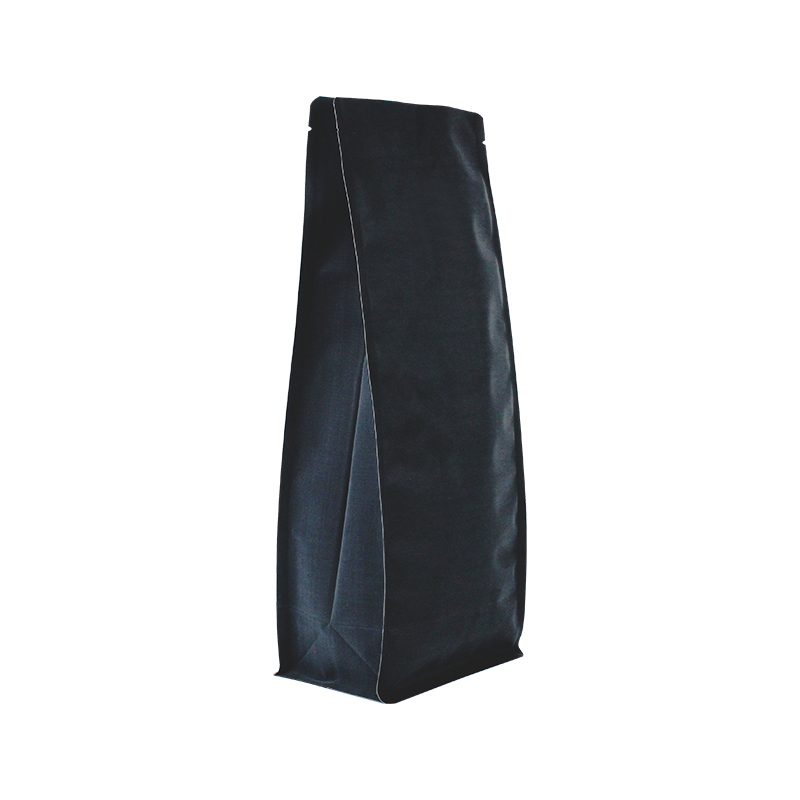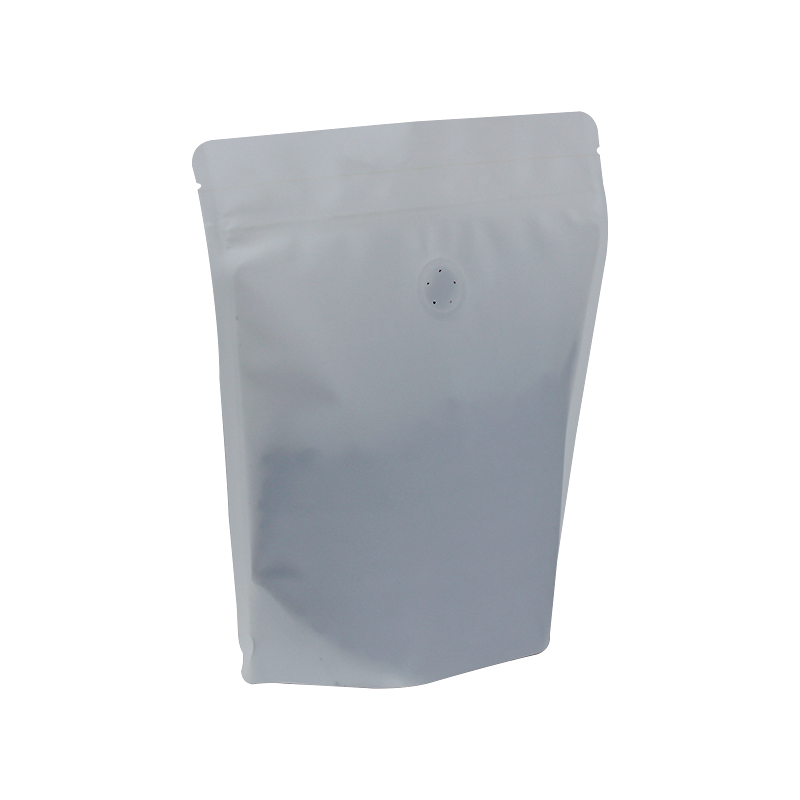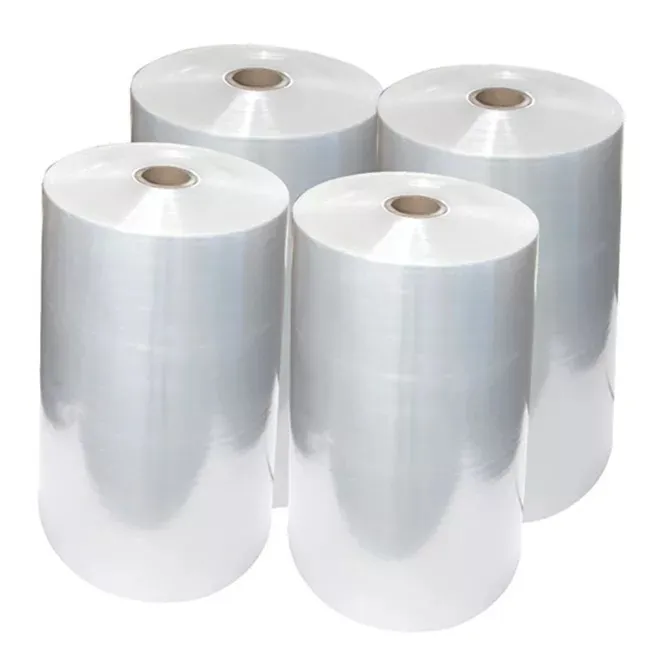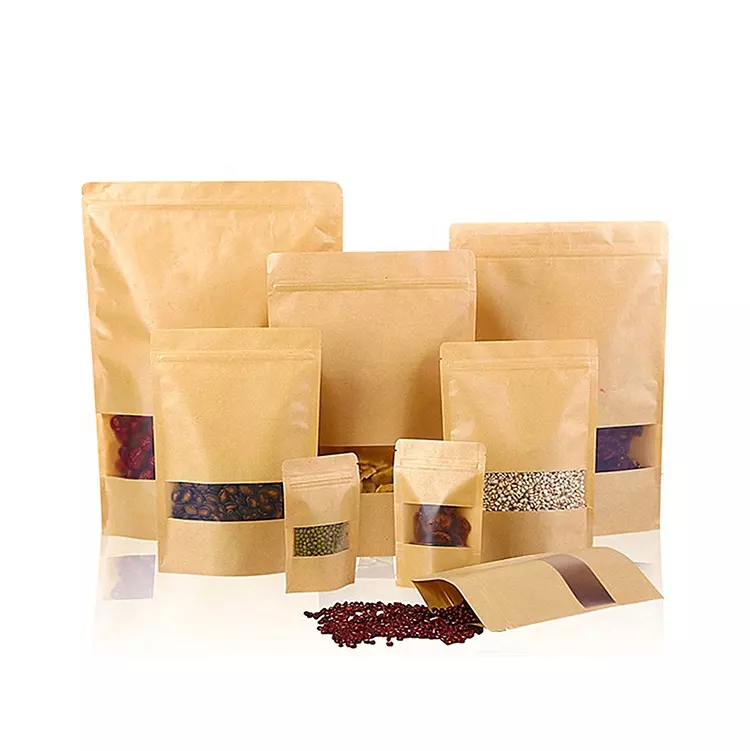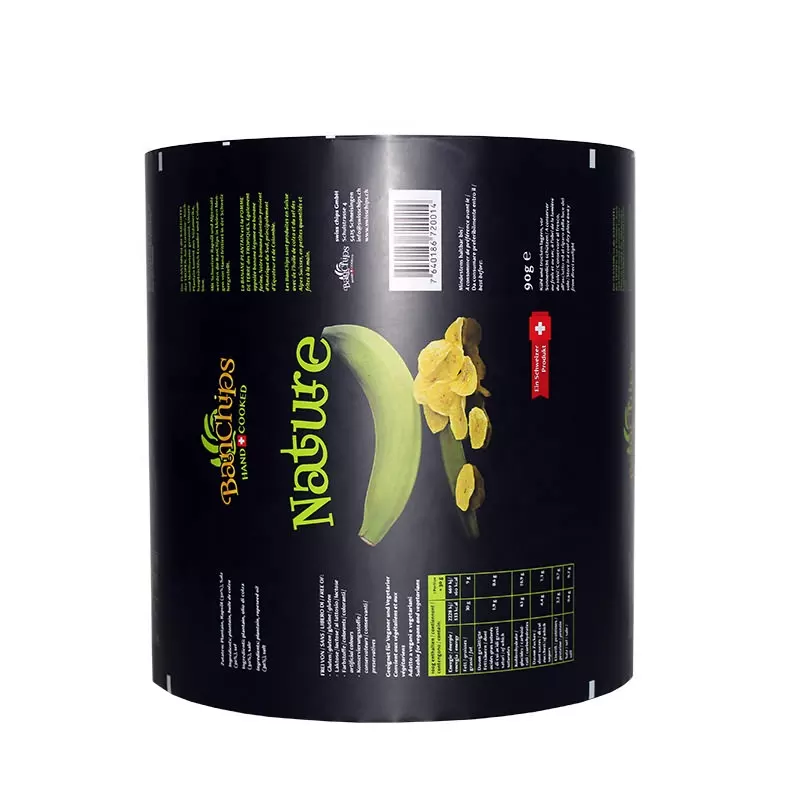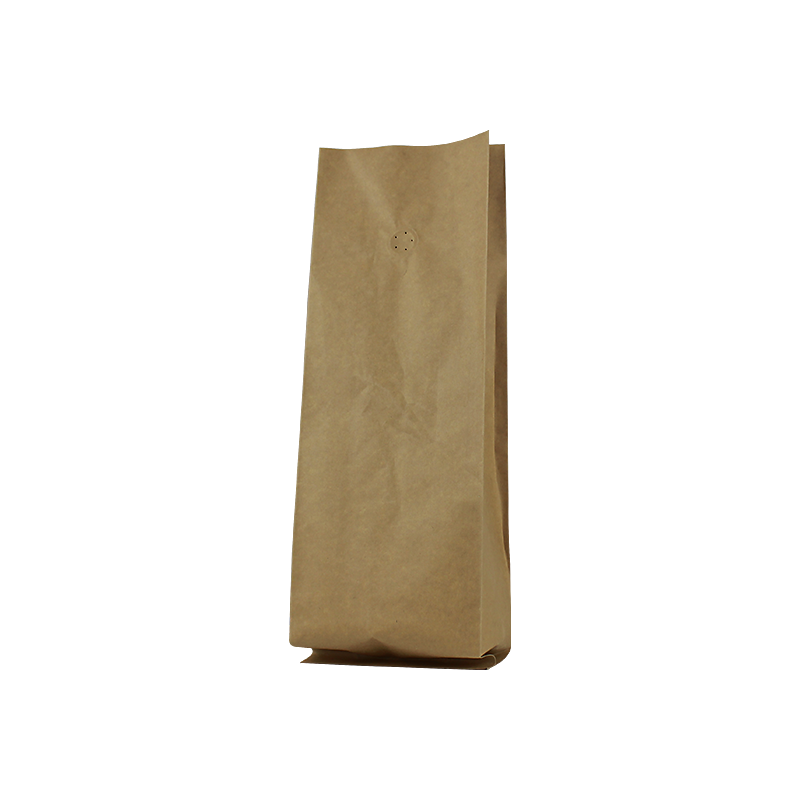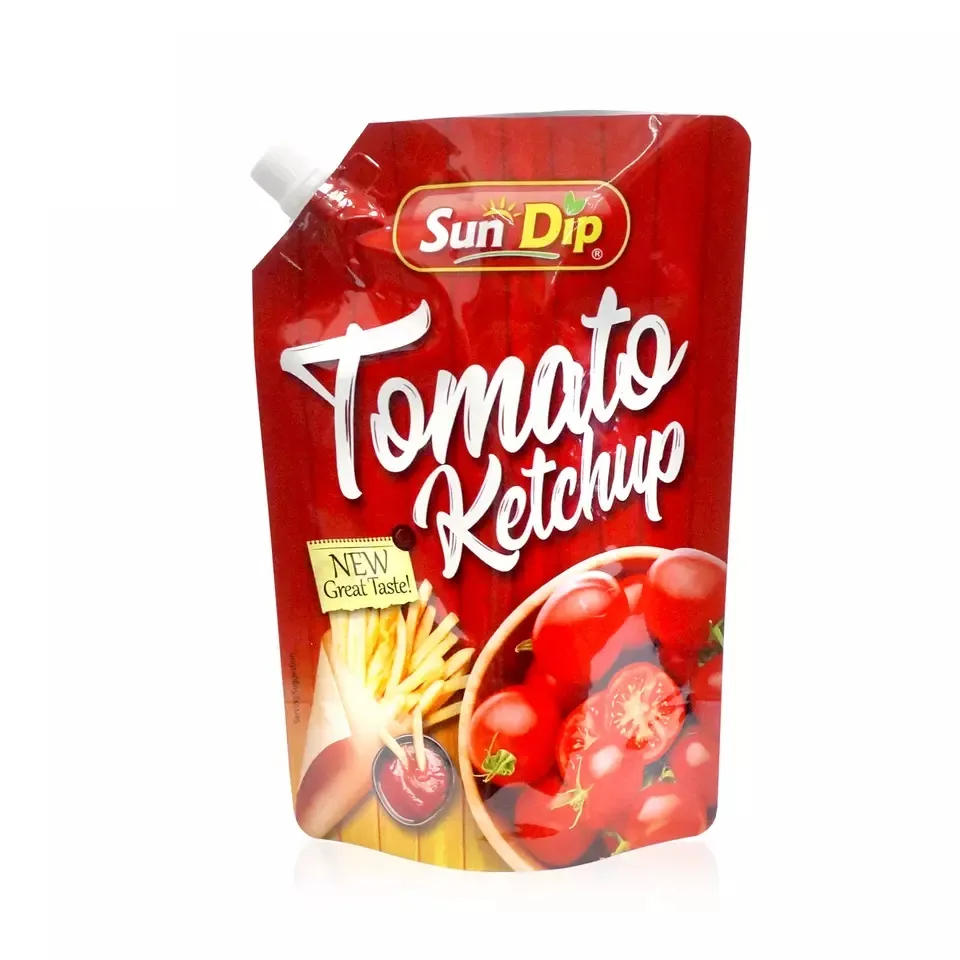- Afrikaans
- Albanian
- Amharic
- Arabic
- Armenian
- Azerbaijani
- Basque
- Belarusian
- Bengali
- Bosnian
- Bulgarian
- Catalan
- Cebuano
- chinese_simplified
- chinese_traditional
- Corsican
- Croatian
- Czech
- Danish
- Dutch
- English
- Esperanto
- Estonian
- Finnish
- French
- Frisian
- Galician
- Georgian
- German
- Greek
- Gujarati
- haitian_creole
- hausa
- hawaiian
- Hebrew
- Hindi
- Miao
- Hungarian
- Icelandic
- igbo
- Indonesian
- irish
- Italian
- Japanese
- Javanese
- Kannada
- kazakh
- Khmer
- Rwandese
- Korean
- Kurdish
- Kyrgyz
- Lao
- Latin
- Latvian
- Lithuanian
- Luxembourgish
- Macedonian
- Malgashi
- Malay
- Malayalam
- Maltese
- Maori
- Marathi
- Mongolian
- Myanmar
- Nepali
- Norwegian
- Norwegian
- Occitan
- Pashto
- Persian
- Polish
- Portuguese
- Punjabi
- Romanian
- Russian
- Samoan
- scottish-gaelic
- Serbian
- Sesotho
- Shona
- Sindhi
- Sinhala
- Slovak
- Slovenian
- Somali
- Spanish
- Sundanese
- Swahili
- Swedish
- Tagalog
- Tajik
- Tamil
- Tatar
- Telugu
- Thai
- Turkish
- Turkmen
- Ukrainian
- Urdu
- Uighur
- Uzbek
- Vietnamese
- Welsh
- Bantu
- Yiddish
- Yoruba
- Zulu
Coffee Bags
Bag-in-Box (BIB) is a versatile packaging solution consisting of a flexible inner bag placed inside a rigid outer box. This packaging system is widely used for liquids such as wine, juices, sauces, and cleaning products, as well as for dry goods like powdered products. The design offers a practical, cost-effective, and sustainable alternative to traditional bottle or can packaging.
Key Features of Bag-in-Box:
1. Inner Bag:
The inner bag is typically made from multi-layered films, which provide excellent barrier properties to protect the contents from light, oxygen, and moisture. This helps preserve the product’s freshness and quality for longer periods.
The bag is sealed and has a spout or valve for dispensing the contents, which ensures convenient, controlled pouring without spillage.
2. Outer Box:
- The outer box is made from corrugated cardboard, providing strength and protection to the inner bag. It is lightweight, stackable, and easy to handle during transport and storage.
- The box can be customized with branding and graphics, offering excellent promotional space.
3. Convenience:
- The Bag-in-Box system is highly convenient for both consumers and businesses. The dispensing system allows for easy access to the liquid, minimizing waste and improving portion control.
- It is a space-efficient solution that reduces the amount of packaging required per unit of liquid, making it ideal for bulk distribution and storage.
4. Sustainability:
- BIB packaging uses fewer raw materials compared to bottles or cans, contributing to a reduction in carbon footprint and waste. The packaging is also recyclable, further enhancing its environmental benefits.
- It is also a more efficient option for transport, as the lightweight design reduces shipping costs and carbon emissions.
5. Applications:
- Food and Beverage: Commonly used for wines, fruit juices, oils, and sauces.
- Industrial and Commercial Use**: Suitable for cleaning chemicals, lubricants, and detergents.
- Retail: Ideal for large-volume consumers and businesses, as the packaging can hold a significant amount of product (from 1 liter to several gallons).
Conclusion:
Bag-in-Box is an innovative and sustainable packaging solution that offers many benefits, including convenience, cost-effectiveness, and environmental friendliness. Its adaptability and ability to protect the contents make it a popular choice in various industries.
What Is The Bag In Box Method?
The Bag-in-Box (BIB) method is a packaging system that involves placing a flexible, sealed inner bag inside a rigid outer box. This packaging solution is designed to hold both liquids and dry products, offering a convenient and efficient way to store, transport, and dispense contents. The system is widely used in industries such as food and beverages, chemicals, and pharmaceuticals.
How the Bag-in-Box Method Works:
1. Inner Bag:
- The core component of the Bag-in-Box system is the inner bag, typically made from multi-layer films. These films are engineered to provide a high level of protection against external elements such as light, air, and moisture, which helps preserve the product’s freshness and quality.
- The bag is equipped with a spout or valve, allowing the liquid to be dispensed without air entering the bag, which reduces the risk of contamination and extends shelf life. The flexible nature of the bag allows it to collapse as the product is used, preventing air from entering and minimizing waste.
2. Outer Box:
- The inner bag is placed inside a corrugated cardboard box. The box provides strength and structural support, protecting the bag from external damage during handling and transportation.
- The outer box is lightweight, stackable, and easy to store. It can be customized with branding and other printed information, making it an ideal choice for product promotion.
3. Convenience and Dispensing:
- The Bag-in-Box system is user-friendly. The spout or valve at the bag’s opening allows for precise dispensing, ensuring no spillage or waste. This makes it especially useful for large-scale applications where portion control is important, such as in commercial kitchens or catering services.
4. Sustainability:
- The BIB method is an environmentally friendly alternative to traditional bottles and cans. The reduced use of materials (compared to glass or plastic containers) helps lower carbon emissions and transportation costs. Additionally, both the bag and box are recyclable, making this system a more sustainable choice.
Applications:
- Food and Beverages: Wine, juices, oils, sauces.
- Industrial: Cleaning chemicals, detergents, and lubricants.
- Pharmaceuticals and Healthcare: Liquid medicines or sterile products.
Conclusion:
The Bag-in-Box method offers a cost-effective, space-saving, and environmentally friendly packaging solution that is ideal for a variety of industries. Its flexibility, ease of use, and ability to extend shelf life make it a popular choice for both consumers and businesses alike.
What Is The Bag In Box Method?
The Bag-in-Box (BIB) method is a packaging system that involves placing a flexible, sealed inner bag inside a rigid outer box. This packaging solution is designed to hold both liquids and dry products, offering a convenient and efficient way to store, transport, and dispense contents. The system is widely used in industries such as food and beverages, chemicals, and pharmaceuticals.
How the Bag-in-Box Method Works:
1. Inner Bag:
- The core component of the Bag-in-Box system is the **inner bag**, typically made from multi-layer films. These films are engineered to provide a high level of protection against external elements such as light, air, and moisture, which helps preserve the product’s freshness and quality.
- The bag is equipped with a spout or valve, allowing the liquid to be dispensed without air entering the bag, which reduces the risk of contamination and extends shelf life. The flexible nature of the bag allows it to collapse as the product is used, preventing air from entering and minimizing waste.
2. Outer Box:
- The inner bag is placed inside a corrugated cardboard box. The box provides strength and structural support, protecting the bag from external damage during handling and transportation.
- The outer box is lightweight, stackable, and easy to store. It can be customized with branding and other printed information, making it an ideal choice for product promotion.
3. Convenience and Dispensing:
- The Bag-in-Box system is user-friendly. The spout or valve at the bag’s opening allows for precise dispensing, ensuring no spillage or waste. This makes it especially useful for large-scale applications where portion control is important, such as in commercial kitchens or catering services.
4. Sustainability:
- The BIB method is an environmentally friendly alternative to traditional bottles and cans. The reduced use of materials (compared to glass or plastic containers) helps lower carbon emissions and transportation costs. Additionally, both the bag and box are recyclable, making this system a more sustainable choice.
Applications:
- Food and Beverages: Wine, juices, oils, sauces.
- Industrial: Cleaning chemicals, detergents, and lubricants.
- Pharmaceuticals and Healthcare: Liquid medicines or sterile products.
Conclusion:
The Bag-in-Box method offers a cost-effective, space-saving, and environmentally friendly packaging solution that is ideal for a variety of industries. Its flexibility, ease of use, and ability to extend shelf life make it a popular choice for both consumers and businesses alike.
ABOUT for more information
Product Categories
Crafts App
Contact Us
- No. 6 Hefu Road, Hengjiang Industrial Zone, Gaoming District, Foshan, Guangdong Province,China
- Tel: 86-133 3649 8096
- Email:enid@bc-pak.com





